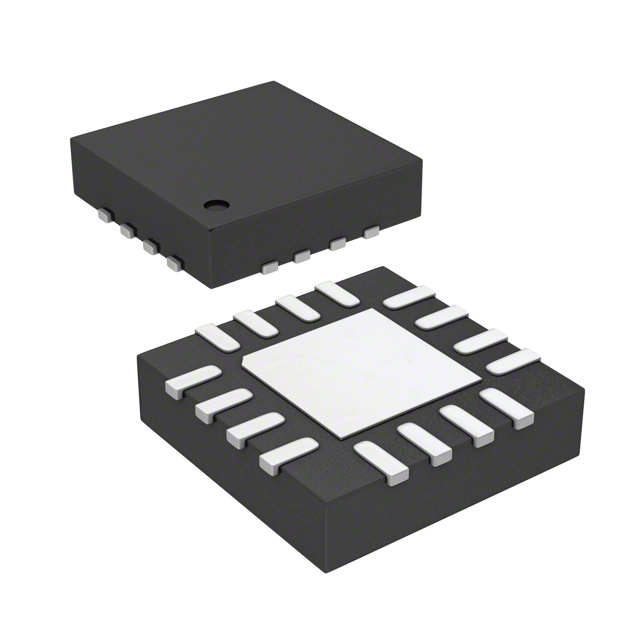STMPE811QTR
Manufacturer No:
STMPE811QTR
Manufacturer:
Description:
IC SCREEN CNTRL 12BIT 16QFN
Datasheet:
Delivery:





Payment:




In Stock : 0
Please send RFQ , we will respond immediately.









STMPE811QTR Specifications
-
TypeParameter
-
PackagingCut Tape (CT)
-
PackagingTape & Reel (TR)
The EPM7128SQI160-10 is a specific model of integrated circuit (IC) chip manufactured by Altera (now Intel). It belongs to the MAX 7000S series of programmable logic devices (PLDs). Here are some advantages and application scenarios of this chip:Advantages: 1. Programmability: The EPM7128SQI160-10 is a PLD, which means it can be programmed to perform specific logic functions. This flexibility allows designers to customize the chip's behavior according to their requirements. 2. High-density integration: The chip offers a high level of integration, allowing for the implementation of complex logic functions in a single device. This reduces the need for multiple discrete components, saving space and simplifying the design. 3. Low power consumption: The EPM7128SQI160-10 is designed to operate with low power consumption, making it suitable for battery-powered devices or applications where power efficiency is crucial. 4. Fast performance: The chip operates at high speeds, enabling rapid execution of logic functions and efficient data processing.Application scenarios: 1. Digital logic design: The EPM7128SQI160-10 can be used in various digital logic design applications, such as implementing complex combinational and sequential logic circuits. It is commonly used in fields like telecommunications, industrial automation, and consumer electronics. 2. Prototyping and development: The programmability of the chip makes it suitable for prototyping and development purposes. Designers can use it to quickly test and validate their logic designs before moving to production. 3. System control and management: The EPM7128SQI160-10 can be employed in systems that require control and management functions. It can be programmed to handle tasks like system monitoring, data processing, and interfacing with other components. 4. Embedded systems: The chip can be integrated into embedded systems, where it can perform specific functions like data acquisition, signal processing, or control in real-time applications.It's important to note that the specific advantages and application scenarios may vary depending on the requirements and context of the project.
STMPE811QTR Relevant information
-
TSC2007IPW
Analog Devices Inc. -
TSC2007IPW
Analog Devices Inc. -
CYAT81688-100AS71Z
Cypress Semiconductor Corp -
TSC2005IYZLT
Analog Devices Inc. -
CY8CTMA340-48LQI11KG
Cypress Semiconductor Corp -
CY8CTMA463-56LQI
Cypress Semiconductor Corp -
ADS7846IPWRSV
Texas Instruments -
ADS7843IDBQRHB
Texas Instruments -

ADS7843E
Burr Brown -
HPA00765IYZGR
Texas Instruments







